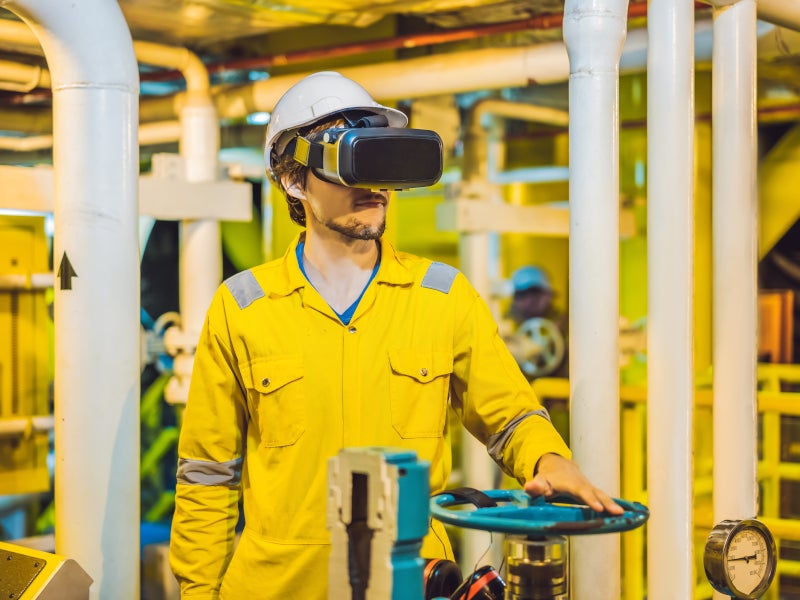
Oil and gas companies are finding innovative ways to capitalise on the benefits of virtual reality (VR) technology for subsurface studies, training and simulation, and for developing and improvising processes and products.
Top oil and gas companies adopting virtual reality
Listed below are the leading oil and gas companies adopting virtual reality trends, as identified by GlobalData.
Baker Hughes (GE)
Baker Hughes, a GE company, deploys VR technology to simulate oil and gas facilities within the training rooms. VR helps the company to focus on the digital design of the equipment to the minute details. It offers a higher level of accuracy and clarity about the equipment and working mechanism before installation phase.
BP Plc
Virtual reality aids BP’s workforce to become well-trained for real-life challenges. BP, in collaboration with Maersk Training, has established a platform to enhance the knowledge of offshore drilling teams. Using simulation facilities in Svendborg, Denmark, and Houston, Texas, BP has pioneered in creating physical conditions during drilling activity.
The VR-based training replicates critical conditions of the drilling zone. This facilitates the workers to get accustomed to the situation in advance.
Chevron
Chevron uses virtual reality at its El Segundo refinery in California. This helps to reduce considerable time and money spent on the maintenance process. VR goggles simulate the refinery equipment and sensor data superimposed on the 3D model allows a technician to identify problem and provide solutions promptly.
How well do you really know your competitors?
Access the most comprehensive Company Profiles on the market, powered by GlobalData. Save hours of research. Gain competitive edge.

Thank you!
Your download email will arrive shortly
Not ready to buy yet? Download a free sample
We are confident about the unique quality of our Company Profiles. However, we want you to make the most beneficial decision for your business, so we offer a free sample that you can download by submitting the below form
By GlobalDataConocoPhillips
ConocoPhillips embraces virtual reality to make better utilisation of its existing communication and visualisation technologies. The company’s Norway division has established Onshore Drilling Centre (ODC) to operate drilling activities in the North Sea. The ODC includes a 3D visualisation suite to create a Virtual Team consisting of domain experts. The Virtual Team evaluates real-time data along with 3D visualisation of downhole drilling equipment.
Equinor
In a joint development between Oslo-based Hydro and Bergen-based Christian Michelsen Research (CMR) institute, the team designed a 3D simulator. This was done using VR technology – known as ‘Cave’ – to support oil and gas operations. Equinor is incorporating this technology to create a 3D simulation of offshore assets and operations. Wearing 3D glasses, the geophysicists, geologists and drilling engineers can study geologic structures in minute detail. This allows them to observe the various layers of oil, gas, and water present in the reserves. The 3D models based on seismic images help Equinor to evaluate prospects of hydrocarbon reserves.
ExxonMobil
At its research centre in Qatar, ExxonMobil, launched a 3D immersive training platform in collaboration with EON Reality. This helps them to enhance field training methods. The platform creates a virtual plant environment to provide knowledge about equipment and processes to plant operators and engineers. The simulated facility mimics variety of real-life scenarios. These include unplanned shutdowns, abnormal operations, and emergency responses. The technology enables this to happen in a safe controlled environment. The Immersive 3D Training Environment (I3TE) technology facilitates the trainees to understand and act based on situation.
Gazprom
Gazprom is using VR technology in its marketing and distribution operations to enhance customer engagement. In order to enrich the user experience and bridge the gap between end-user and company, Gazprom has introduced a VR-enabled platform that depicts how fuel is being made available to the end-user. With the help of VR glasses, consumers at Gazprom-operated filling stations can experience the entire fuel distribution value chain on a short virtual tour.
Halliburton
Halliburton, one of the world’s largest oilfield services companies, is partnering with Microsoft to transform oil and gas operations using virtual reality. The company is leveraging Microsoft technologies to enhance its ability to study oil and gas operations with new dimensions. The collaboration is helping in simulation and 3D modelling of oil and gas reserves. It is also assisting in creating highly interactive virtual environments and designs for digital representation of physical assets.
Royal Dutch Shell
Shell is deploying virtual reality for deepwater safety training to its workforce stationed at the Malikai project, offshore Malaysia. It has custom-designed VR technology to present a 3D simulation of the Malikai platform to train its workers about operational safety procedures. Training on a simulated environment is helping technicians to deal with potential hazards due to performing unsafe actions and understand the steps to overcome any unforeseen event.
Saudi Aramco
The adoption of VR technology is proving to be quite beneficial for Saudi Aramco in undertaking training exercises. Its employees are being trained on the correct way of operating critical equipment in oil and gas facilities. In collaboration with Eon Reality Inc., the company has built a practical training platform which demonstrates different processes that need to be adopted in real-life situation at an oil and gas facility.
The VR platform has helped the company in enhancing the efficiency of training exercises, that too at reduced training cost.
Sinopec
A strategic partnership between Sinopec and Siemens has led to the adoption of digital technologies in the company’s petrochemical plants. One of the outcomes of this partnership is the Comos Walkinside virtual reality platform, which Sinopec is using to simulate refining processes in a controlled environment. The 3D real-time virtual reality setting is helping propel the company to develop and test functional modules of petrochemical plants in a simulated scenario.




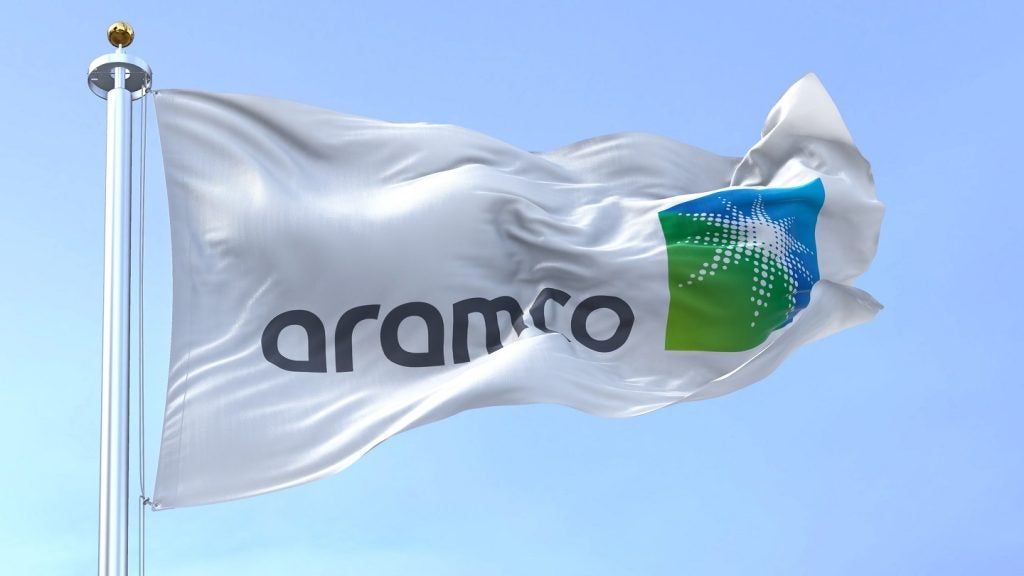
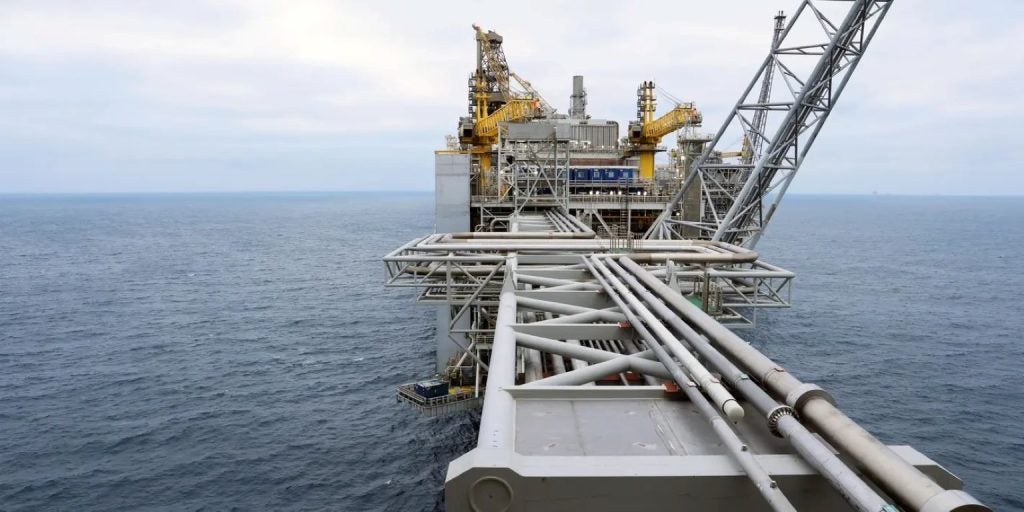
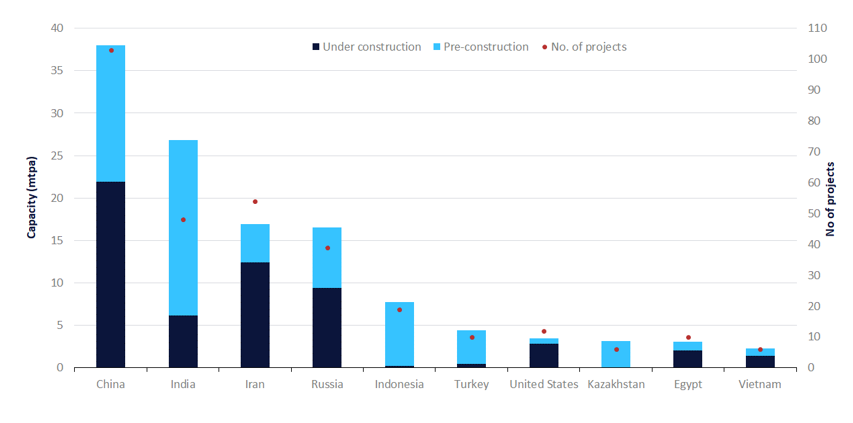
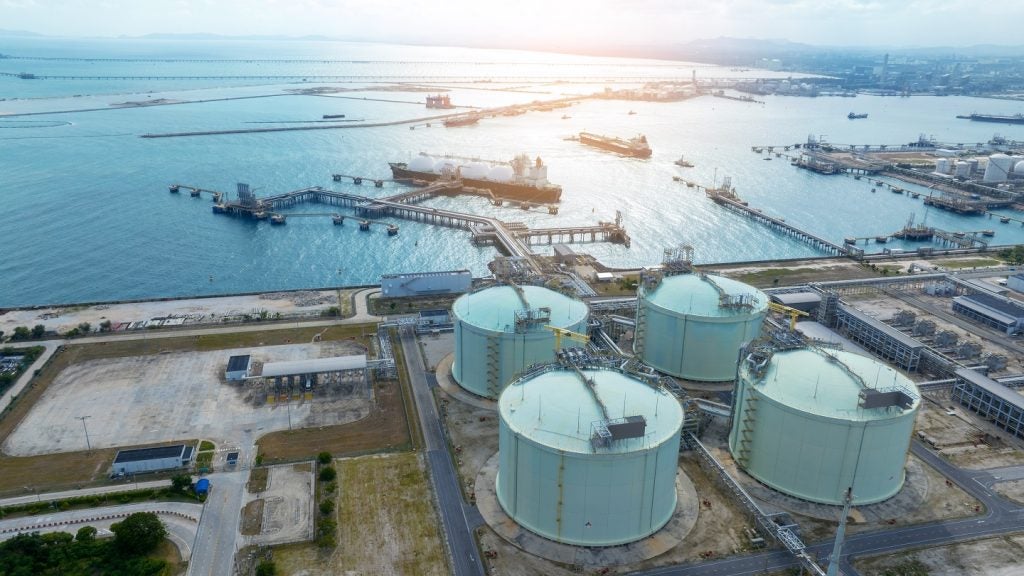

Related Company Profiles
Microsoft Corp
EON Reality, Inc.
Baker Hughes Co
C.M.R. SRL
GE Co Ltd